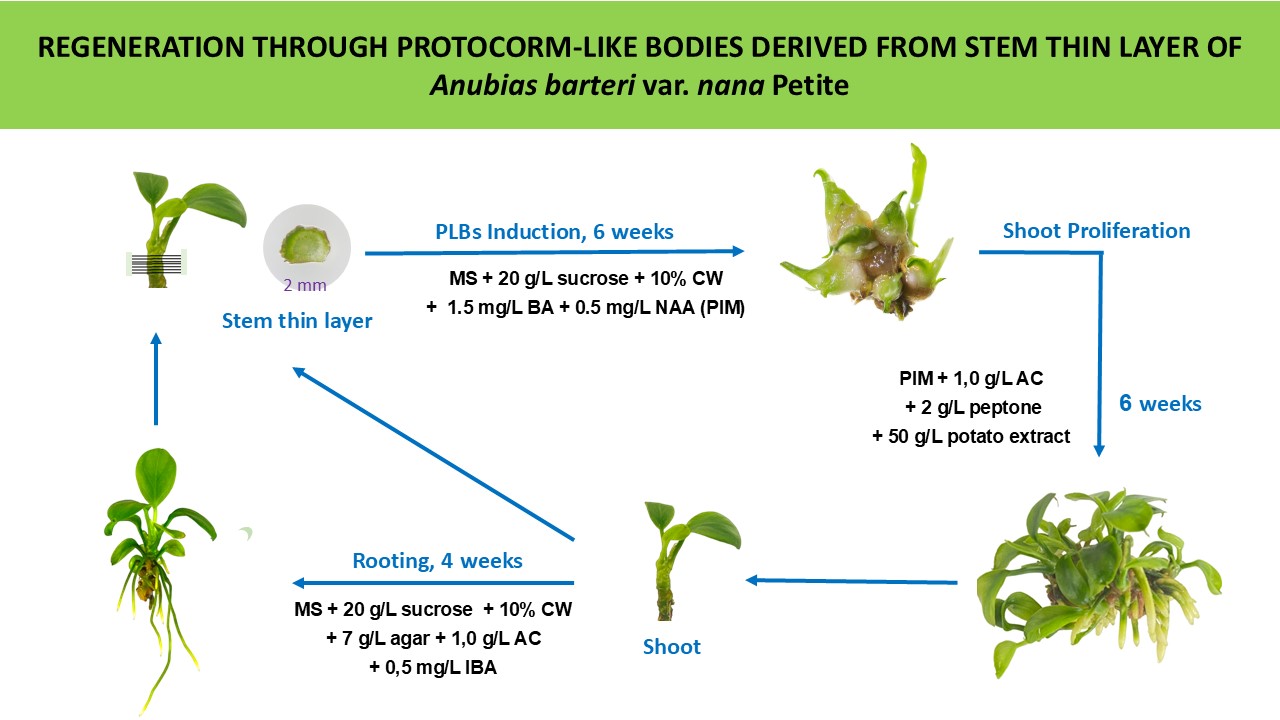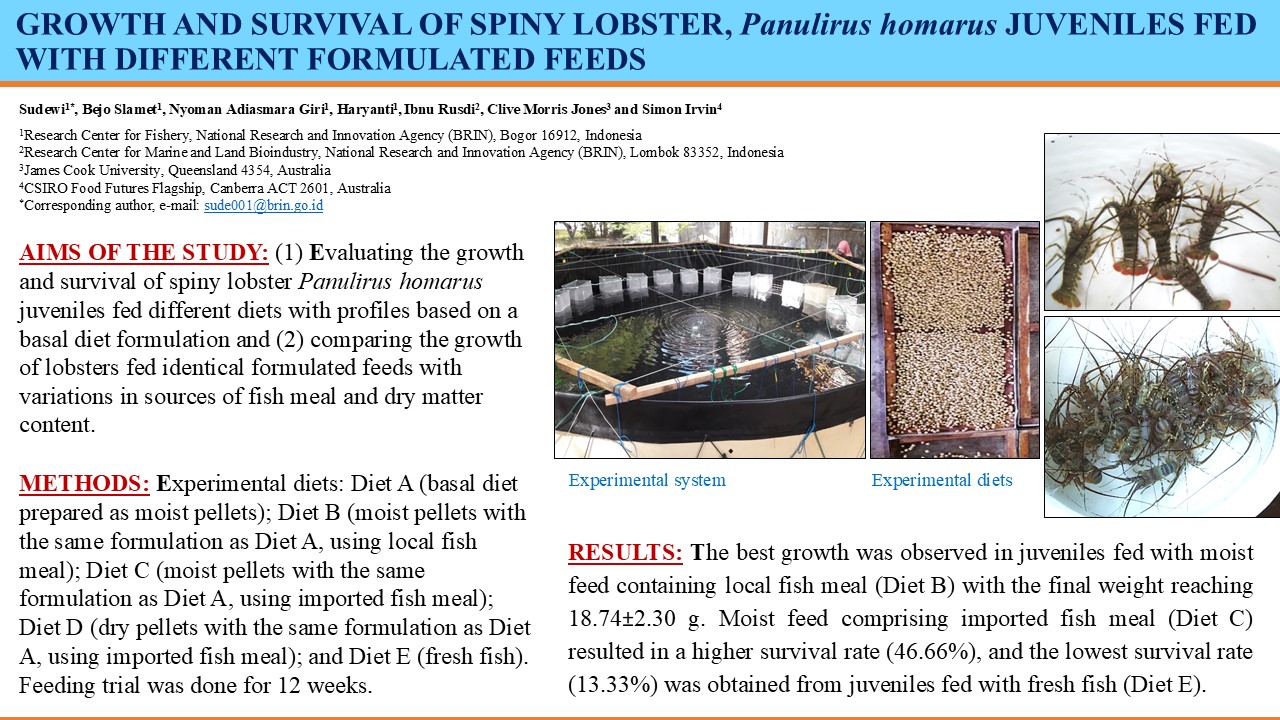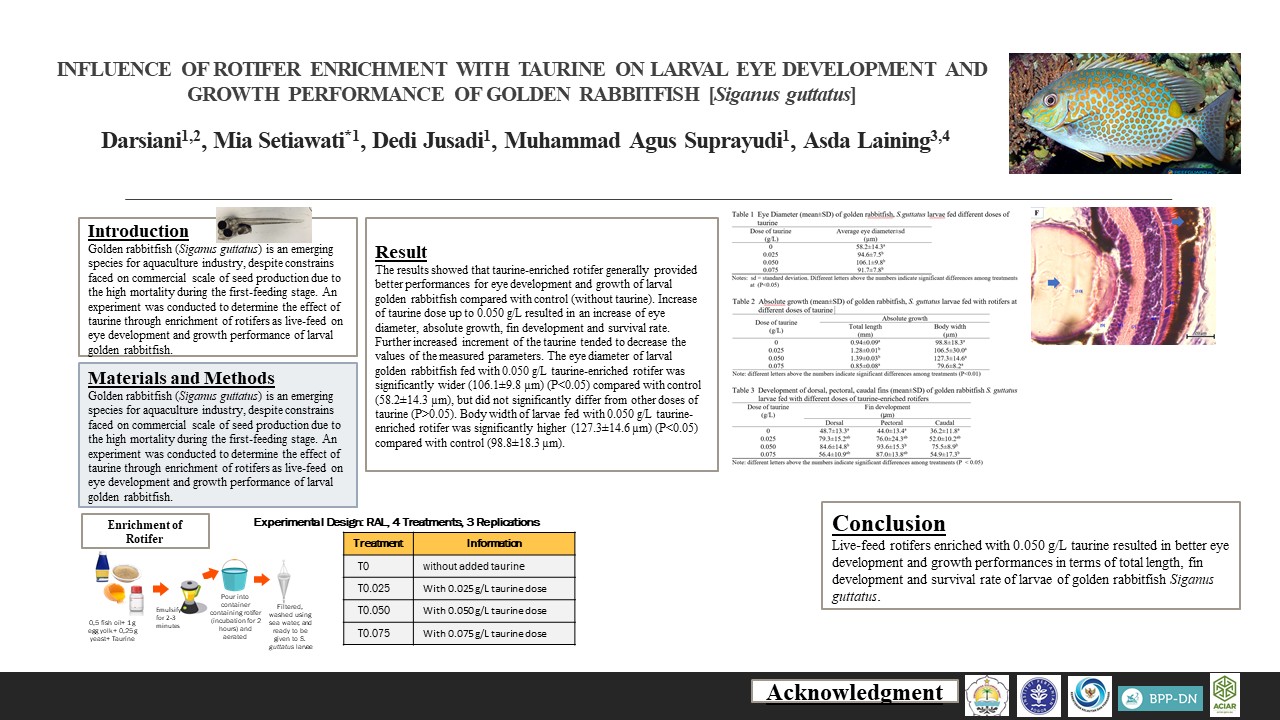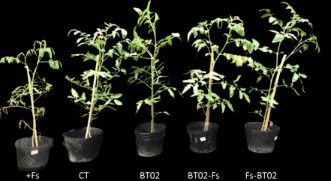EFFECT OF SALINITY ON THE SURVIVAL, GROWTH AND IMMUNITY RATE OF JUVENILE SEA CUCUMBERS (Holothuria scabra)
Downloads
Sea cucumber (Holothuria scabra) is important species as food and medicine especially for Chinese market. It  is a stenohaline and osmoconforming organism with a low level of tolerance to salinity change. Salinity of the medium is one of the environmental factors that affect the physiology and survival of juvenile sea cucumbers. This study was aimed at assessing the effect of different salinities on the growth, survival and immunity rate of juvenile sea cucumbers (Holothuria scabra) and also determining the suitable salinity level for the optimal growth, survival and immunity rate of the sea cucumbers. This experiment  used a completely randomized design with 5 salinity treatments: 24, 29, 34, 39, and 44 ppt with 3 replications using fifteen30 L-fiber glass tanks. The juvenile sea cucumbers measured 4.4 ± 0.2 cm in total length and 5.6 ± 0.3 g in body weight. The juveniles were raised at 15 individuals/tank, fed with cultured fresh benthos once a day in the afternoon. Coelomate was taken from the sea cucumber juveniles from each tank  and used to determinie the immunity rate and also for the osmolality. The data were analyzed using ANOVA followed by Tukey’s test at 5% level of significance. The salinity of the medium significantly affected (P < 0.05) the growth, survival rate and immunity rate of sea cucumber juveniles. The 24 - 34 ppt salinity can support survival rate up to 100%, high growth (6.47 – 7.10 g) and immunity rate (27 – 76 x 104phagocytic cell/mL), while the 44 ppt salinity has resulted in not only a low survival rate (55.6%), but also had a bad effect on osmolality (303 ± 3.5 mOs-mol kg-1), growth (3.12 ± 0.34 g), and immunity (209 x 104 phagocytic cell/mL).
Downloads
Authors who publish with this journal agree with the following terms:
- Authors retain copyright and grant the journal right of first publication, with the work 1 year after publication simultaneously licensed under a Creative Commons attribution-noncommerical-noderivates 4.0 International License that allows others to share, copy and redistribute the work in any medium or format, but only where the use is for non-commercial purposes and an acknowledgement of the work's authorship and initial publication in this journal is mentioned.
- Authors are able to enter into separate, additional contractual arrangements for the non-exclusive distribution of the journal's published version of the work (e.g., post it to an institutional repository or publish it in a book), with an acknowledgement of its initial publication in this journal.
- Authors are permitted and encouraged to post their work online (e.g., in institutional repositories or on their website) prior to and during the submission process, as it can lead to productive exchanges, as well as earlier and greater citation of published work (See The Effect of Open Access).































